Boston, the cradle of American history, is no stranger to epic snowstorms. The city’s winters are notorious, with blizzards that have made their mark in the annals of Boston’s weather history.
From the record-shattering 27 inches of snow during the 1978 Northeastern United States blizzard, to the unforgettable 33 inches that Worcester endured in 2015, Boston’s winters are a testament to nature’s unyielding power.
In April 1997, a storm set two records: Boston’s snowiest April and the greatest April 24-hour snowfall. This blizzard, with its 254 inches of snowfall, stands as the third biggest in Boston’s history. The gusty winds, reaching up to 70 miles per hour, added to the severity of the storm.
Join us as we take you on a chilling journey through the 10 biggest blizzards in Boston’s history, each storm a unique story of resilience and survival against the fury of nature.
1. The Formidable Blizzard of ’78

The Boston Blizzard of 1978 is remembered as one of the most powerful and impactful weather events in the city’s history.
The storm dumped 27.1 inches of snow, causing significant disruptions across New England due to its rapid arrival and unexpected timing on a weekday, which caught people off guard.
Its aftermath left a lasting impression with obstructed roads and widespread travel disruptions that took time to clear.
The event led to improved forecasting techniques and better city-wide preparedness for future similar incidents, demonstrating resilience and readiness.
2. Winter Storm Nemo’s 2013 Onslaught
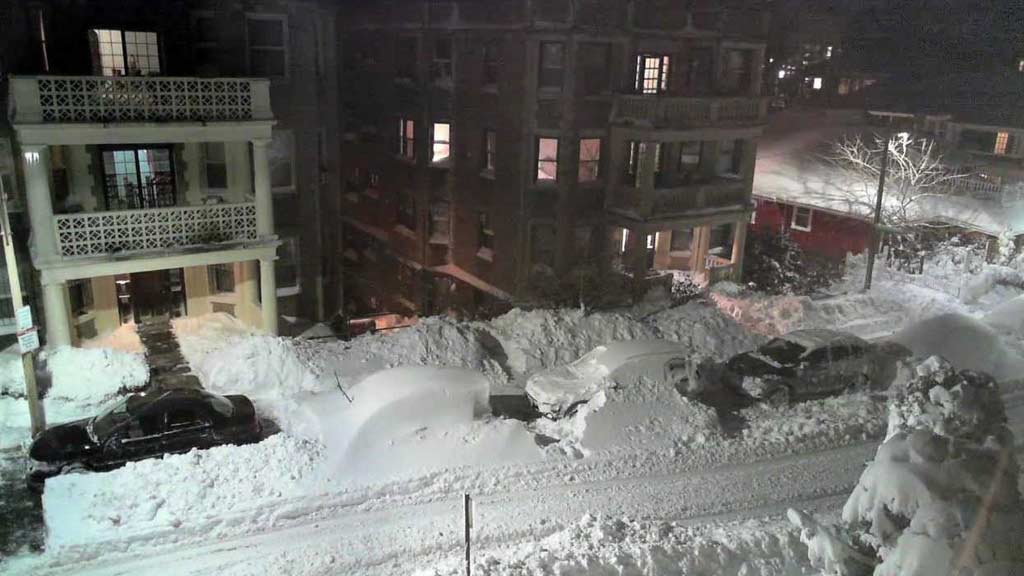
Winter Storm Nemo in 2013 was one of Boston’s most severe blizzards, despite being predicted well in advance. It dumped 24.9 inches of snow on the city, causing significant disruption for several days.
In response to the storm, Boston declared a state of emergency, halted public transportation and implemented a driving ban to facilitate emergency services and cleanup operations.
The aftermath displayed the resilience of the city with citizens aiding each other alongside cleanup crews working tirelessly to clear major roads.
Ultimately, Nemo highlighted the importance of advanced weather forecasting and swift response as they allowed for better preparation and post-storm management.
3. Winter Storm Juno’s Freeze in 2015
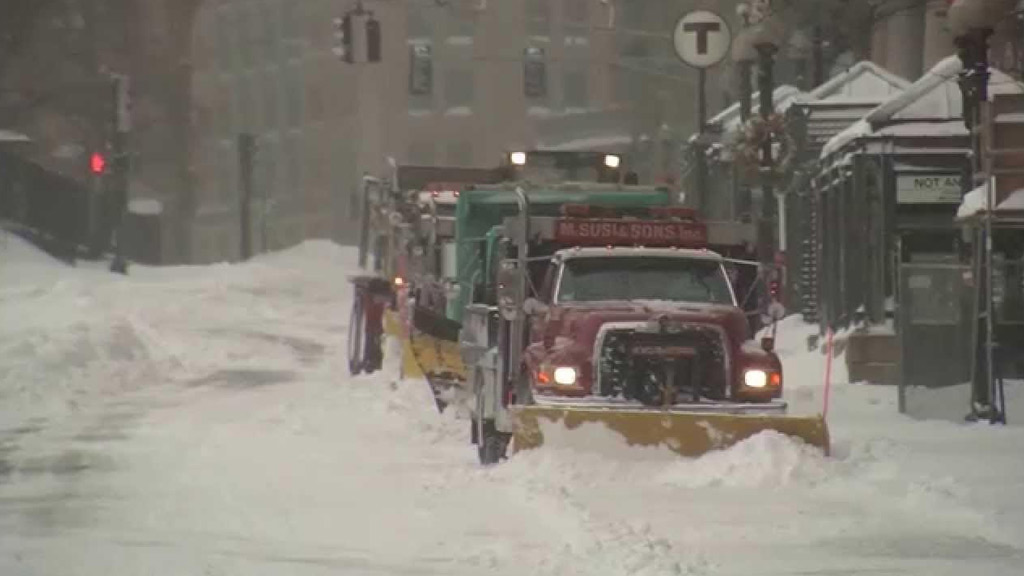
Winter Storm Juno in 2015 is notable in Boston’s blizzard history due to its severity and unexpected timing.
The storm ranks among the city’s most significant snowfalls, dropping at least 24.6 inches of snow, causing large-scale disruptions.
Despite early warnings from weather reports, the size of the storm still posed major challenges for residents and authorities alike. The aftermath involved clearing snow-clogged streets and navigating daily life disruptions.
The experience underlined the unpredictability of weather patterns despite advances in forecasting methods and emphasized the importance of preparedness for extreme weather events.
4. The Presidents’ Day Storm of 2003
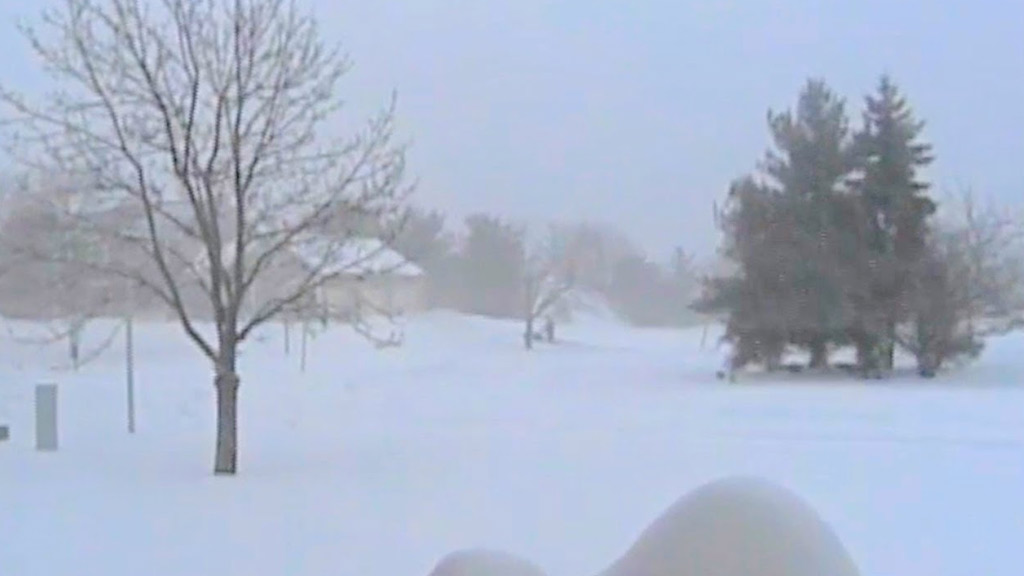
The Presidents’ Day Storm of 2003 is celebrated as Boston’s most significant snowfall event, with a record-breaking snowfall amount of 27.6 inches at Boston Logan International Airport on February 17-18.
This storm was not just remarkable for its intensity but also its timing, coinciding with Presidents’ Day. The city faced substantial disruptions due to the heavy snowfall, but its resilience was apparent in how it handled the situation.
This historical storm serves as a reminder of Mother Nature’s power and Boston’s preparedness for severe winter weather, highlighting the city’s strong community spirit and resilience.
5. The Unforgettable April Fool’s Day Storm of 1997
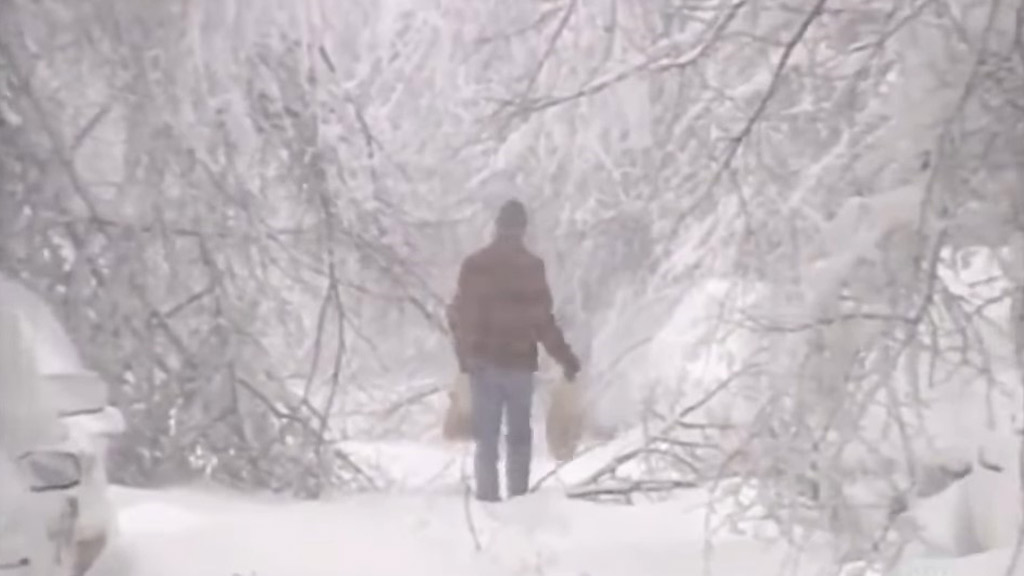
The April Fool’s Day storm of 1997 is remembered as one of Boston’s most notorious snowstorms, occurring when residents were expecting the onset of spring.
The storm was a stark reminder of Boston’s unpredictable weather, dumping an unprecedented 25.4 inches of snow on the city, nearly double the typical amount for April.
This unexpected blizzard brought Boston to a standstill, closing businesses and schools while causing widespread power outages due to downed lines.
Despite these challenges, citizens demonstrated resilience and community spirit in navigating the difficult conditions. The event underscored the importance of preparedness and vigilance against sudden harsh weather in Boston.
6. The Blizzard of 1888’s Mark on History
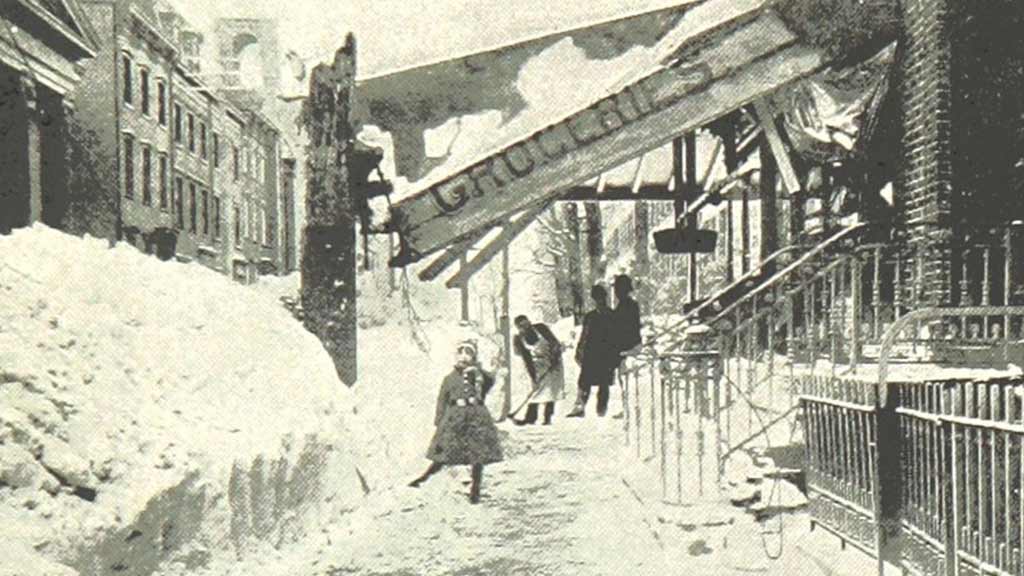
In March 1888, a historic blizzard hit Boston, an event that taught important lessons in resilience and urban planning. The storm lasted two days, with winds reaching speeds of 85 mph and causing the loss of over 400 lives and more than 200 ships.
Connecticut and Massachusetts felt its major impact, with Massachusetts receiving around 50 inches of snowfall.
New York City’s tenements saw nearly 200 fatalities, including visitors like Mark Twain who were stranded for several days.
Despite being a disaster, the blizzard prompted city planners to bury utility lines and prioritize subways over elevated trains; key changes that have influenced urban planning in New England ever since.
7. The Great Snow of 1717 and Its Record
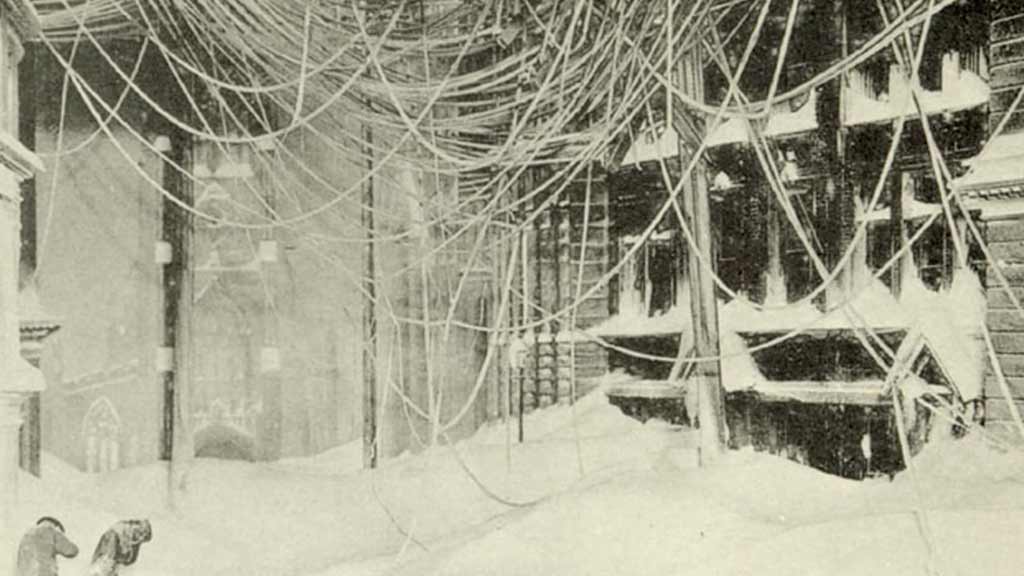
The Great Snow of 1717 was one of the most severe snowstorms in Boston’s history, with four consecutive storms leaving nearly 10 feet of snow in parts of the city.
This record-breaking accumulation caused significant disruptions to daily life, forcing residents to tunnel their way out from their homes.
Although this event happened centuries ago, it serves as a reminder of nature’s unyielding force and highlights the necessity for adequate preparation for such weather conditions.
The memory of this event continues to influence Boston’s approach towards improving readiness strategies for sizable snowfalls.
8. The Storm of the Century in 1993
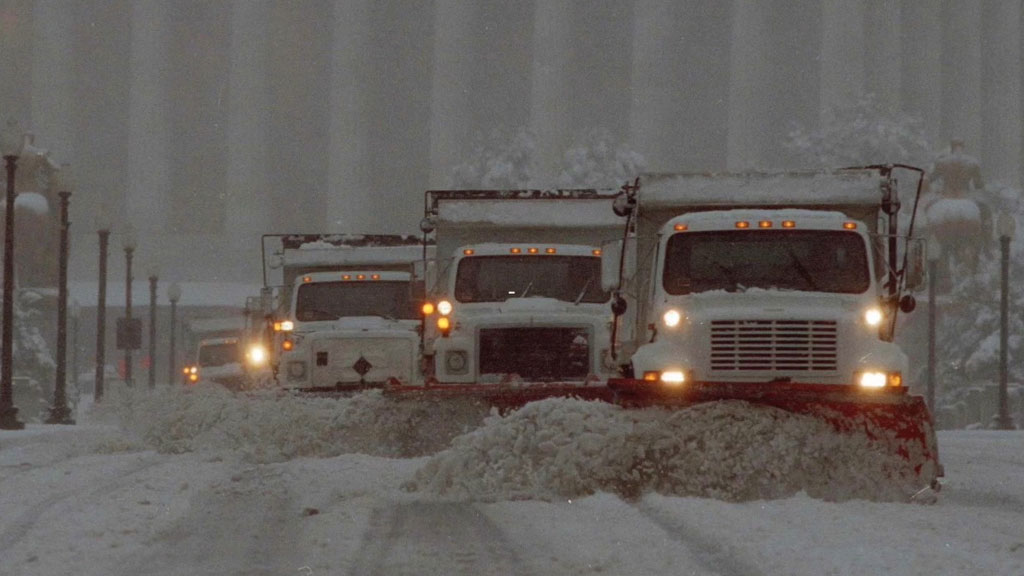
The ‘Storm of the Century’ in 1993 holds a unique spot in Boston’s blizzard history due to its unmatched ferocity and scale, affecting over two dozen states and parts of eastern Canada.
This storm was the costliest US winter storm according to NESIS, causing an estimated 9 billion dollars in damages.
The superstorm paralyzed every major airport on the East Coast and dumped over 44 million acre-feet of snow and rain.
New England experienced widespread power outages but avoided most of the storm’s fatalities which were concentrated in the South and Mid-Atlantic regions.
Despite accurate predictions from the National Weather Service (NWS), many locals dismissed warnings due to skepticism about weather forecasting, exacerbating the impact.
After-effects included coastal flooding, tornadoes, blizzards, extreme cold, and loss of power for approximately 10 million people.
9. The Blizzard That Rang in the New Year of 2014
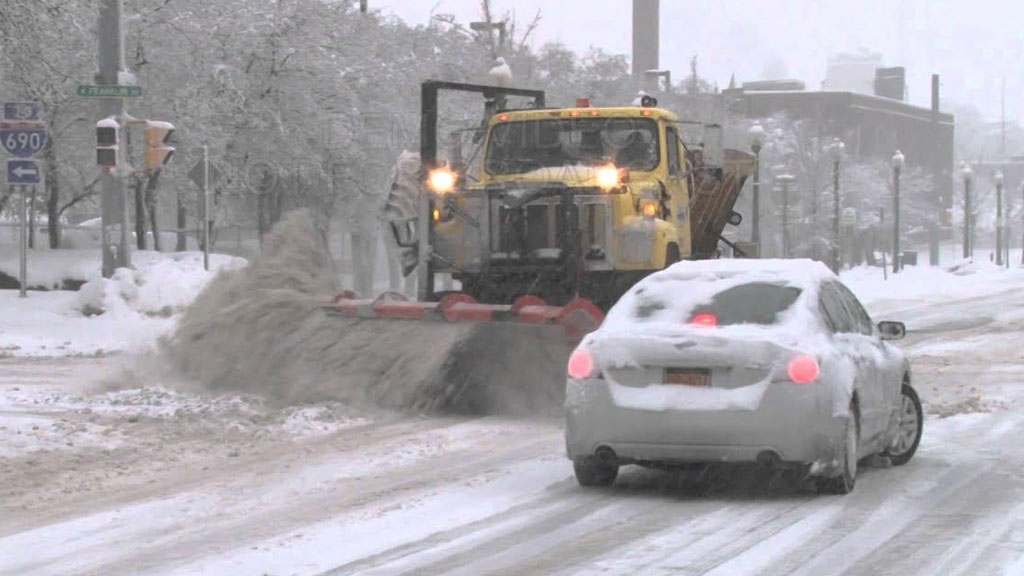
As 2013 ended, the National Weather Service in Taunton warned of an impending blizzard threatening to impact Boston at the start of 2014.
The storm arrived on January 2nd, covering the city in heavy snow and ranking among the top ten storms since 1892 with 18.2 inches of snowfall.
Despite challenging conditions, emergency services worked tirelessly to clear roads and ensure public safety.
Post-blizzard, life gradually returned to normal, but the event remained significant in Boston’s history as one of its heaviest snowstorms.
10. The Snowbound Valentine’s Week of 2015
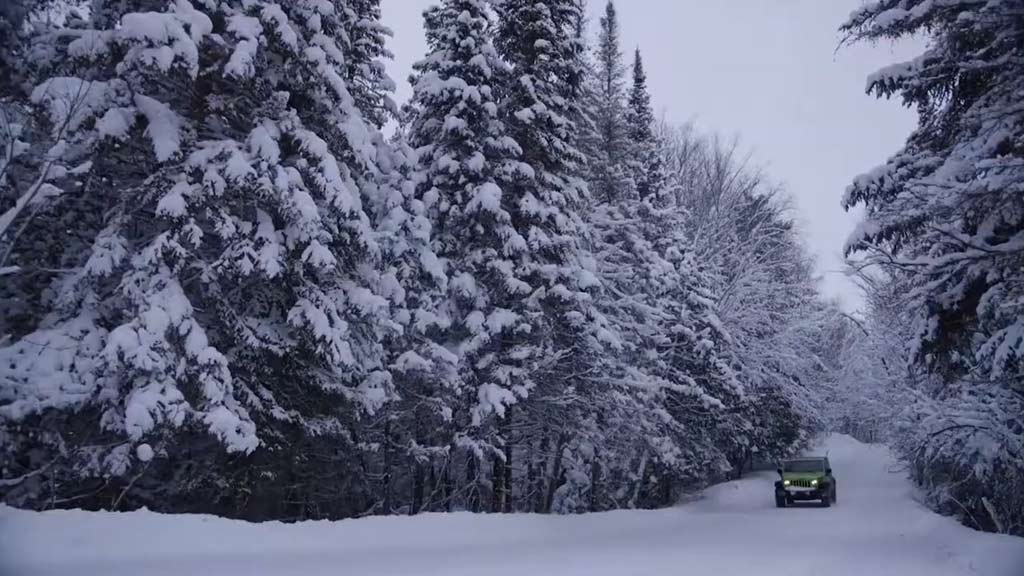
You’ve journeyed through Boston’s snow-laden past, from the Great Snow of 1717 to the Blizzard of 2014. You’ve seen how these storms have shaped Boston’s resilience, readiness, and response to nature’s fury.
Now, cast your mind back to the unforgettable Valentine’s Week of 2015. That week, Boston was buried under a record-breaking 40.2 inches of snow, a chilling reminder of the city’s tumultuous relationship with winter. While it’s not detailed in this article, it’s a testament to the city’s enduring spirit.
Remember, each blizzard has a lesson. Heed weather warnings, prepare well, and know that Boston’s history of weathering storms equips you to face whatever winter brings.
So, as you step out into the cold, remember the city’s journey, and carry its resilience with you. After all, it’s not just about surviving the storm, but learning to dance in the snow.
Frequently Asked Questions
What does the article reveal about Boston’s historical snowstorms?
The article recounts several notable snowstorms in Boston’s history, from the Great Snow of 1717 to the Blizzard of 2014. Each storm impacted the city in unique ways, informing and improving its readiness strategies for future occurrences.
Which storm was referred to as the ‘Storm of the Century’?
The ‘Storm of the Century’ took place in 1993. It was a superstorm that caused widespread disruptions, prompting the city to fortify its storm response plans.
Which storm is ranked among Boston’s top ten since 1892?
The Blizzard of 2014 is ranked among Boston’s top ten storms since 1892. Despite bringing 18.2 inches of snow, effective response measures were implemented, ensuring public safety and quick recovery.
How has Boston learned from its historical storms?
Boston has used each storm as a learning opportunity, improving its readiness for future incidents. It underscores the importance of heeding weather warnings and evolves its strategies based on past events.
What is the underlying message of the article?
The article emphasizes the crucial importance of preparedness in dealing with natural disasters. It underscores not only learning from past weather events but also placing great importance on heeding current and future weather warnings.
Laura Chassaigne